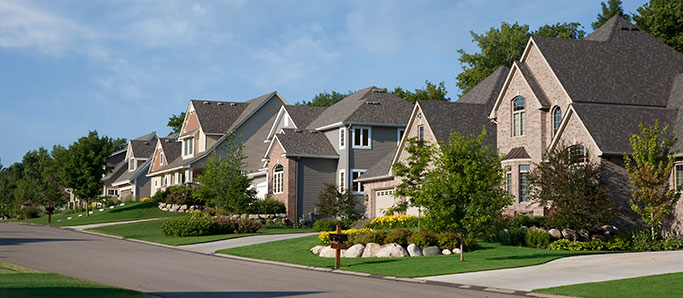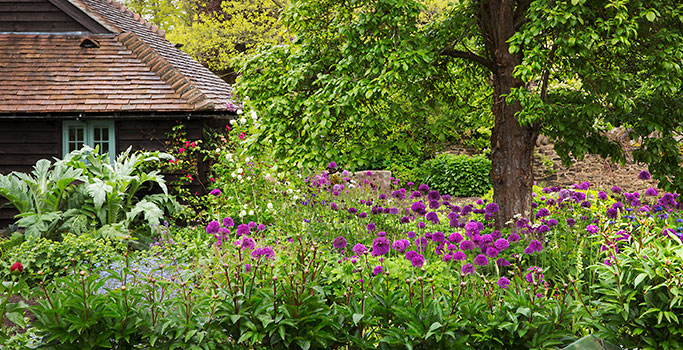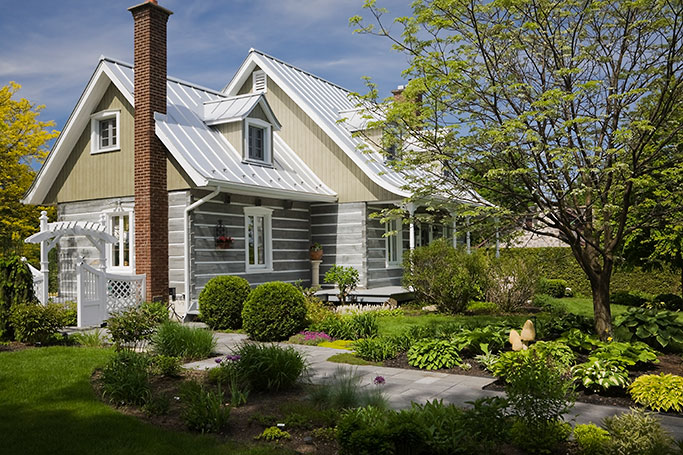Being Creative For Your Customers

There’s something to be said about impeccable customer service. If you take a “customer is always right” attitude when servicing your clients, you start from an excellent place with a servant’s attitude. Something that, frankly, in this day and age, isn’t as common as it used to be. Many of the most highly regarded business recommendation books carry some level of that advice.
"We don't want to push our ideas onto customers, we simply want to make what they want." Laura Ashley

However, there is an argument to be made that merely satisfying your customers is not the best answer for industries that rely on creativity. And even if you think landscaping isn’t a creative field, it is… or it should be. I often think of two famous quotes when I think about a customer survey or a focus group. Henry Ford supposedly said, “If I would have asked people what they wanted, they would have said faster horses.” And Steve Jobs said, “It’s really hard to design products by focus groups. A lot of times, people don’t know what they want until you show it to them.”

We often see the same version of landscaping repeated street after street, city after city. In some cases, regulations make the similarity mandatory. In other cases, efficiency of production has created matching homes, since they were all built and landscaped almost in an assembly line fashion.

There are many reasons to diversify your customers’ landscapes.
- Diversity prevents mass devastation – Think of Boxwood blight or Emerald Ash Borer
- Diversity encourages mental stimulation for everyone involved, from the designer to the homeowner, to the passing neighbor that’s sleepy on their commute.
- Diversity increases diversity. With different landscapes come different habitats and food for creatures. You can see this in the bee population… diversity gives the pollinators more food at different times of the season with more opportunities to pollinate and it can create honey variations.

Over the years, mass production has increasingly whittled away at the natural diversity of everything from grocery store selection to fashion to transportation.
Having made the case for a wilder version of landscape, I also realize that some customers will not love a creative landscape. They need uniformity and a basic level of landscape.
The difficult dilemma is finding those customers who don’t know they’re waiting to be delighted by the unexpected.

Note: I do realize the irony of quoting Henry Ford, the same man who successfully implemented the assembly line and said, "Any customer can have a car painted any color that he wants, so long as it is black” in an article about creativity.
